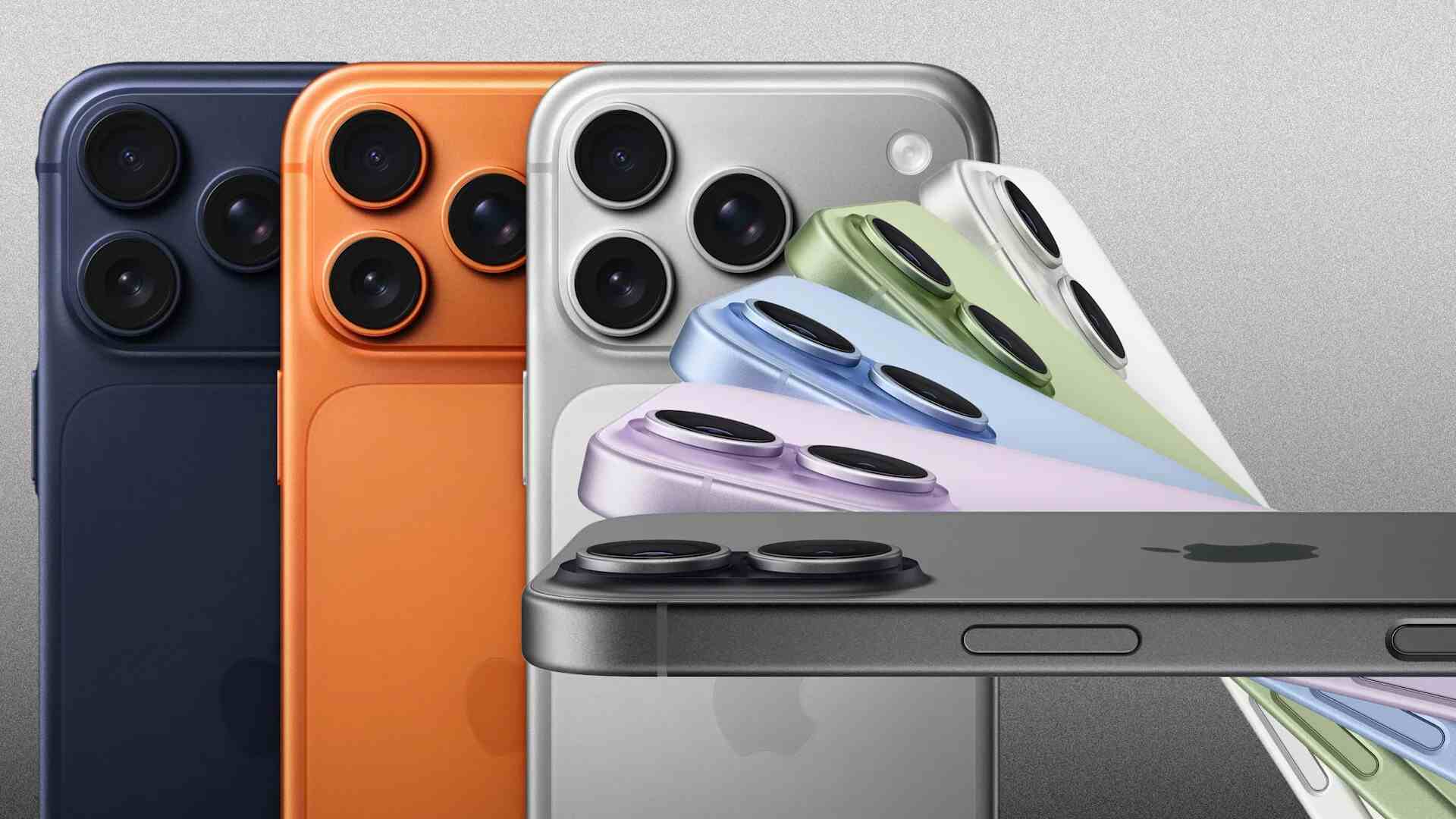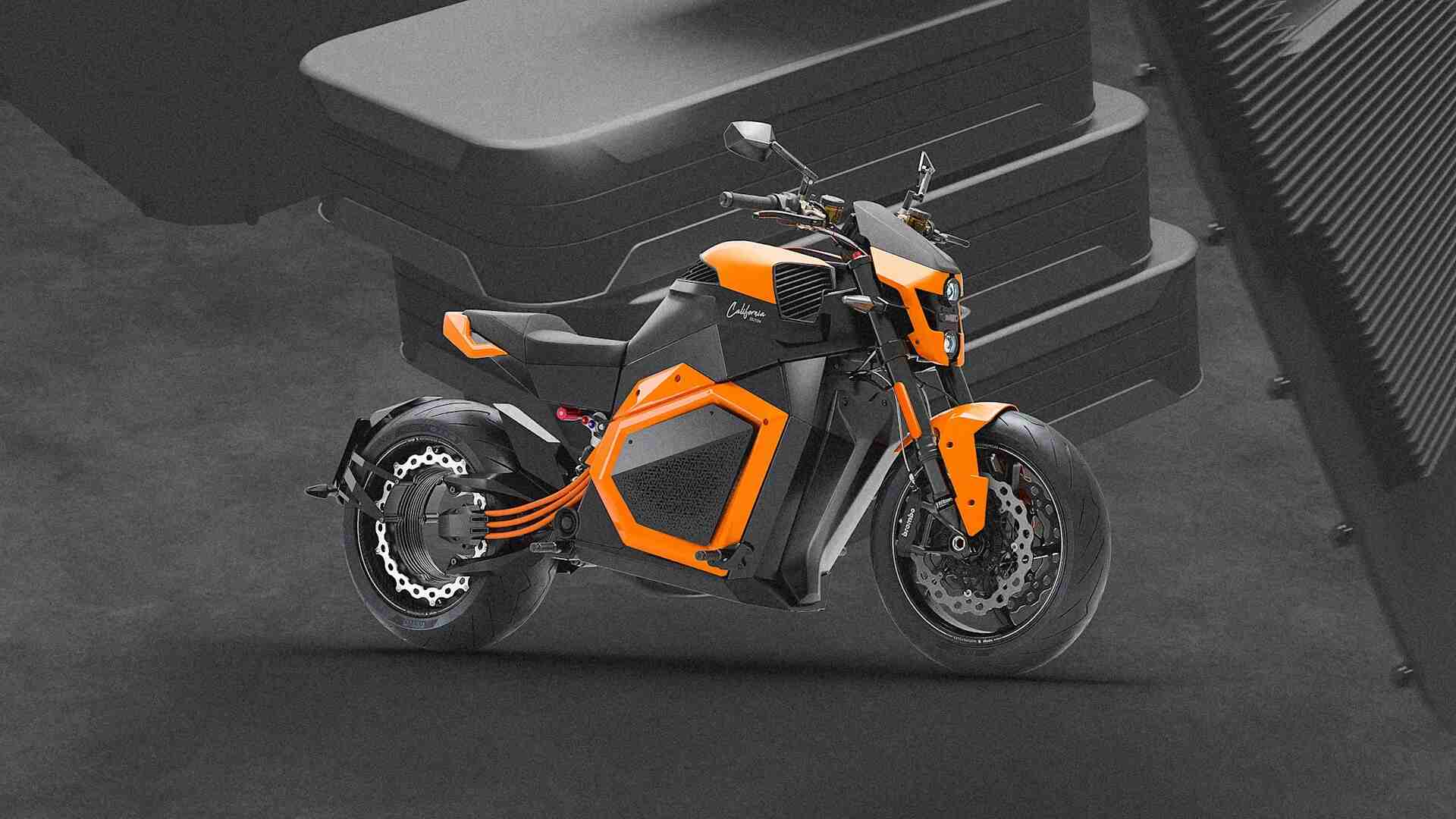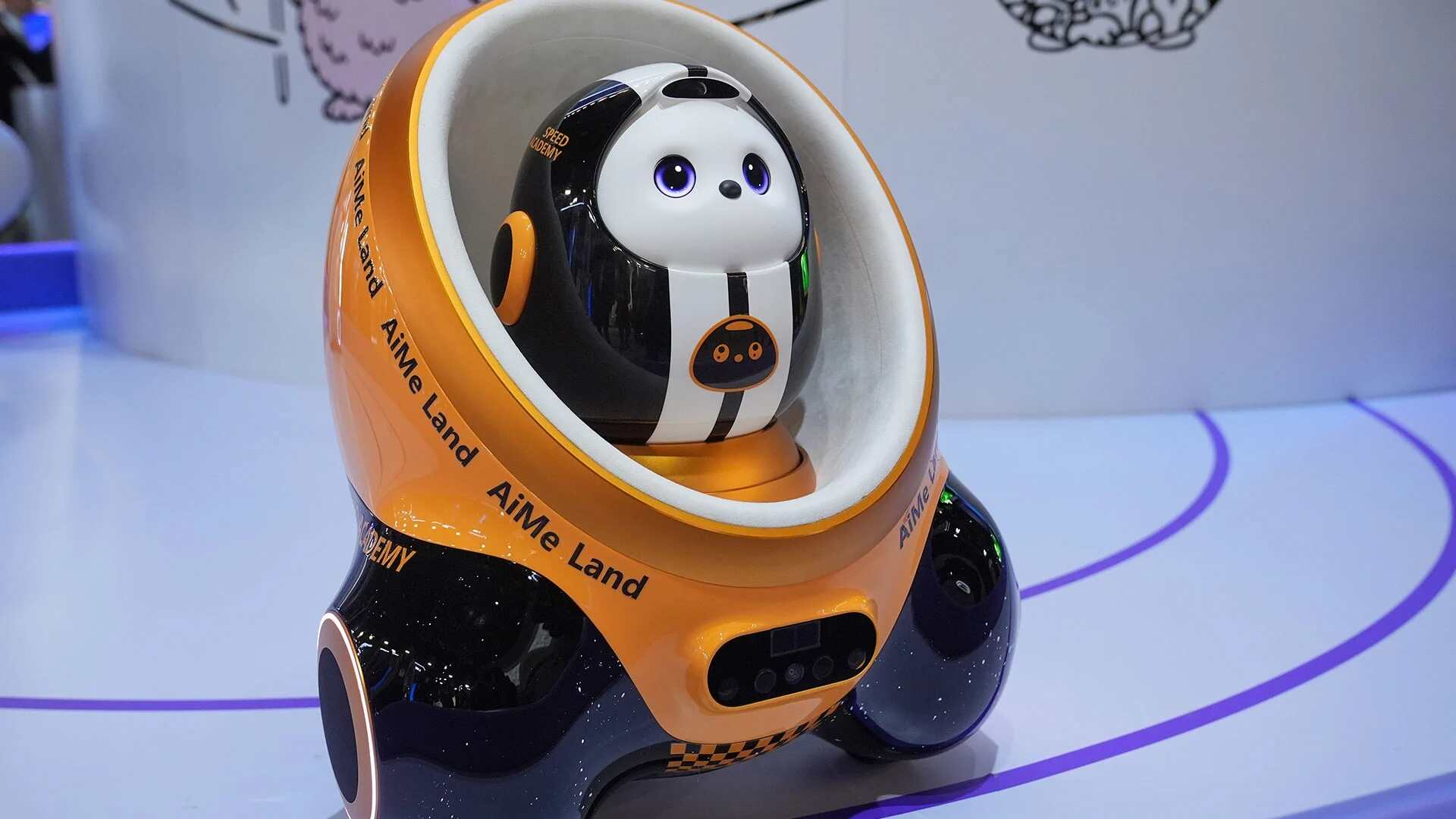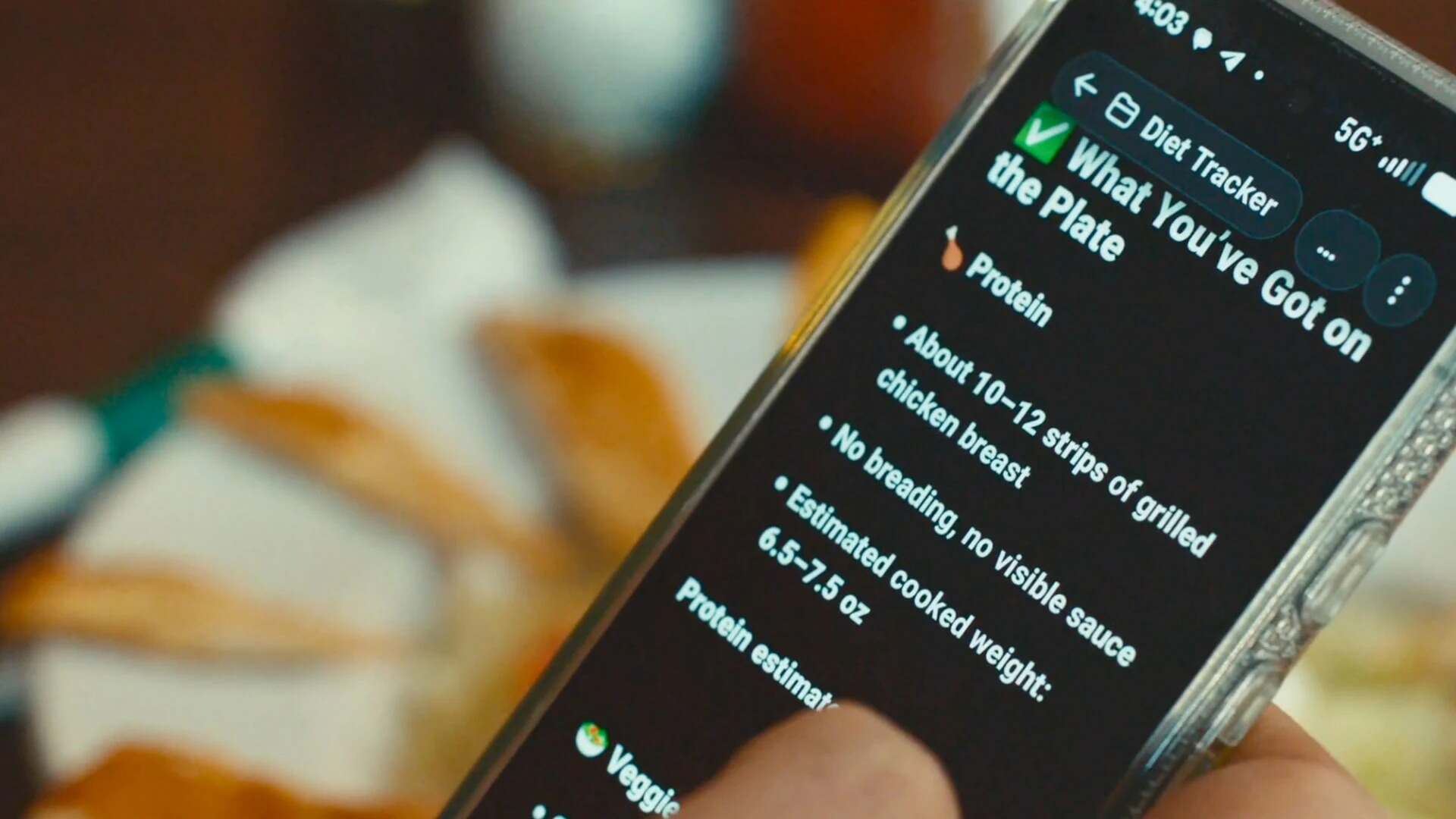- | 9:00 am
Why the iPhone 17 is one of Apple’s biggest leaps forward in years
Major hardware advances are the key.

Another year, another iPhone event. But the iPhone 17 line’s introduction was one of the more significant in some time, with Apple making major hardware changes that look to have resulted in a competitive, highly differentiated lineup.
While the higher-end models will grab most of the headlines, some of the biggest upgrades have come to the base iPhone 17, as well as new features that apply across the entire range. I would not have considered using an iPhone 16 as my daily driver, but the 17 looks like a great buy at $799.
The upgrades
The top upgrade is ProMotion, or 120Hz variable refresh rate, which enables smooth on-screen motion that’s impossible to go back from once you’re used to it. Apple first introduced it on the iPad Pro before bringing it to the iPhone and MacBook Pro, but a high refresh rate has long been table stakes for Android phones that cost well below the iPhone 17, so its introduction at this level is both overdue and welcome. The feature uses LTPO screen technology, which also enables an always-on display on the 17.
Other upgrades for the iPhone 17 include a 48-megapixel ultrawide camera, in line with the Pro models. Storage on the base model has also been doubled to 256GB without a corresponding increase in price.
The whole iPhone 17 lineup is getting new features that trickle down to the base iPhone 17. Charging speeds have been boosted, the Ceramic Shield 2 glass promises to be sturdier, and the screen has an anti-reflective finish. The addition that will get the most use is undoubtedly the new 18-megapixel Center Stage selfie camera, which uses a square sensor to intelligently switch between portrait and landscape photos without you needing to physically rotate the phone.
While the iPhone 17 might not be all that exciting, I think I’d be happy enough using one as my main phone. Apple has ticked off a lot of boxes here, making the iPhone 17 much more competitive with similarly priced devices like the Google Pixel 10. The vibrant color options help, too.
‘The MacBook Air of phones’
But the $999 iPhone Air—not the 17 Air, surprisingly—represents a whole new take on iPhone design. Most of the phone’s computing components have been crammed into the camera bar, allowing Apple to fill the rest of the ultrathin device with battery cells.
It’s an inspired approach, but there are two obvious trade-offs. You only get one camera lens, much as Apple likes to pretend that its digital zoom system gives you four, and the battery capacity is still diminished compared to the other iPhone 17 models.
On the other hand, Apple is claiming 27 hours of video playback time on the Air, which is what it rated last year’s iPhone 16 Plus and 16 Pro at. That’s a little hard to believe, but we’ll have to wait until the phones are in hand to see how they perform in practice. It is worth noting that Apple is selling a new $99 MagSafe battery pack that works with the Air—and only the Air.
The SIM card slot is another casualty of the Air’s constrained dimensions. Apple has already been omitting the physical slot from iPhones in the U.S. for a while, but this is the first time it’s doing so on any model across the world—which is particularly notable in China, where only a single carrier, third-placed China Unicom, even offers eSIM support.
The Air might be cooked in China, then, but it’ll be fascinating to see how it performs elsewhere. Earlier this year I speculated that the goal “should be to create something like the MacBook Air of phones: impressive design with unspectacular specs that are good enough for most use cases” and I think Apple might just have pulled that off.
Adventurous colors
The iPhone 17 Pro, meanwhile, has gone in completely the opposite direction. Its muscular redesign adds a little more thickness, a little more weight, and a chunky new camera bump that runs the full width of the phone.
Apple has returned to aluminum on its Pro phones, this time in a unibody build with a glass cutout to enable wireless charging. That’s a notable backtrack after the company made a big deal out of shifting to titanium two years ago, a move widely blamed for the iPhone 15 and 16 Pro’s poor thermal performance. Apple is also using a new vapor chamber cooling system on the 17 Pro, which should further alleviate that issue.
One way to express confidence in your industrial design is to release it in bright orange, and that’s what Apple’s done this year. Equally as out of character is the decision to eschew a black model; the only other two iPhone 17 Pro colorways are white and dark blue. If that boosts the sales numbers of the orange version and promotes more adventurous colors in the future, I’m all for it.
The 17 Pro comes with a significantly upgraded telephoto camera setup. The focal length is now 4x the main camera, down from 5x in the 16 Pro, but the 1/2” sensor is much larger than before and I’d expect it to perform better at 5x and beyond. While this still doesn’t quite compete with the best from Chinese companies like Xiaomi and Oppo, it should be comfortably the best smartphone zoom camera available in the U.S.
Finally, the RAM has been boosted by 50% to 12GB. Apple Intelligence did not exactly set the world on fire, but if it’s going to be the impetus for Apple to stop shipping miserly amounts of memory on its highest end phones, I’ll take it.
This is looking like a really strong iPhone lineup. Each model has its clear strengths and I honestly think I’d be happy to use any of them. This is going to be the first time in a long while that a lot of upgraders will have to think hard about which one to go for.







































